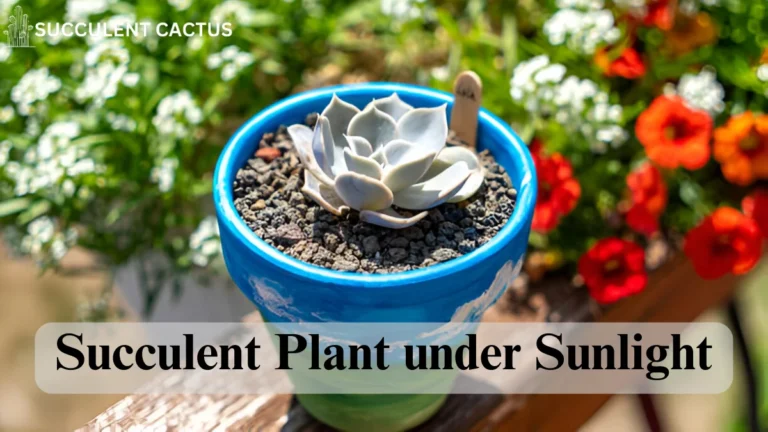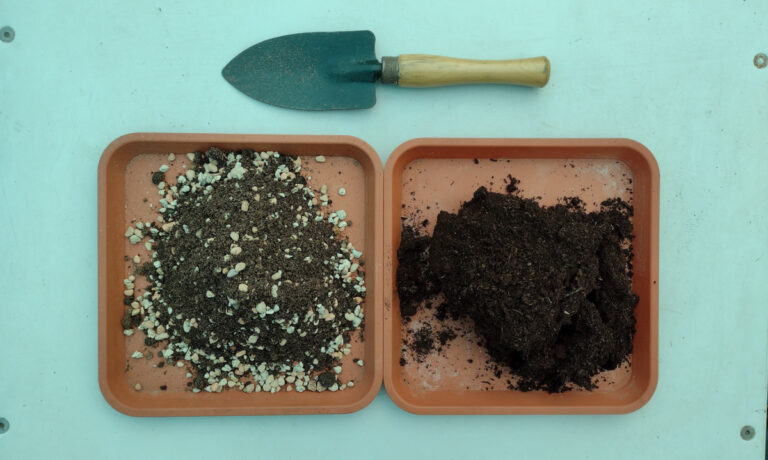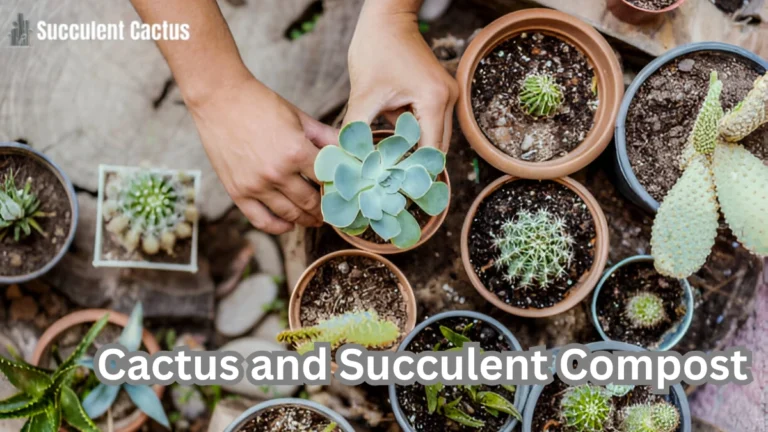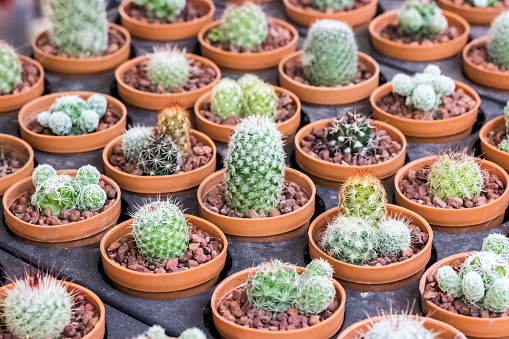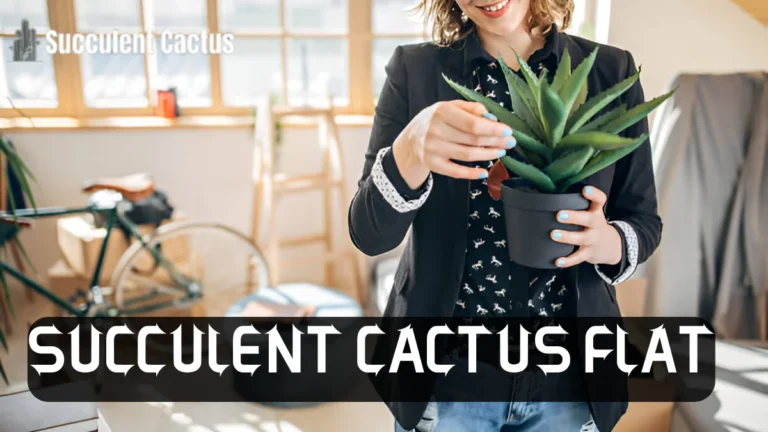Plant Cactus: Essential Tips for Growing Healthy Cacti

Plant Cactus are some of the most resilient and visually striking plants you can grow in your home or garden. With their unique shapes, spiny exteriors, and hardy nature, planting cactus is a rewarding experience for both beginners and seasoned gardeners alike. Whether you are starting with a small potted cactus or planting a larger variety in your garden, understanding the basic care requirements is key to ensuring your cactus thrives.
In this guide, we will walk you through the essential steps for planting cactus and provide expert tips on how to grow healthy cacti. From soil to sunlight and watering needs, you’ll discover everything you need to know to create the perfect environment for your cactus collection.
Why Plant Cactus?
Before diving into the specifics of how to plant cactus, let’s explore why cacti are such a great addition to your space. Known for their low maintenance and unique visual appeal, cacti are a fantastic choice for anyone who enjoys plants but doesn’t want to commit to plants that require a lot of attention. Here are a few reasons to consider planting cactus:
- Low Maintenance: Cacti are perfect for busy individuals. They thrive on minimal care, needing only occasional watering and occasional exposure to sunlight.
- Unique Appearance: The diverse shapes and sizes of cacti make them a standout feature in any space, from homes to gardens.
- Drought Tolerance: Cacti are well-suited for arid environments and can survive on less water, making them an ideal choice for drought-prone areas.
- Air Purification: Like most plants, cacti help purify the air by absorbing carbon dioxide and releasing oxygen.
Now that you know why cacti make a great addition to your space, let’s dive into the practical steps of planting cactus.
Steps for Planting Cactus
Whether you are growing your cactus indoors or outdoors, planting it correctly is the first and most important step. Let’s take a look at the essential steps for planting cactus.
1. Choose the Right Cactus Type
Before planting cactus, it’s important to choose the right variety for your climate and growing conditions. Some cacti are better suited for indoor environments, while others thrive in outdoor gardens. Here are a few popular cactus types to consider:
- Saguaro Cactus (Carnegiea gigantea) – Known for its tall, tree-like form, the Saguaro is perfect for large outdoor spaces with plenty of sunlight.
- Barrel Cactus (Ferocactus spp.) – A round and spiny cactus, ideal for rock gardens or desert landscaping.
- Christmas Cactus (Schlumbergera spp.) – A non-spiny variety, perfect for indoor growing with vibrant flowers during the holiday season.
- Prickly Pear Cactus (Opuntia spp.) – Recognizable by its flat, paddle-like pads, great for both indoor and outdoor spaces.
- Hedgehog Cactus (Echinocereus spp.) – A small, colorful cactus that thrives in dry, sunny areas.
2. Select the Right Location
Cacti thrive in full sunlight, so selecting the right location is key. When you plant cactus, make sure it gets at least 6 hours of direct sunlight each day. For outdoor planting, choose a spot in your garden that is exposed to plenty of sunlight throughout the day. If you’re growing your cactus indoors, place it near a south-facing window where it will receive ample light.
3. Prepare the Soil
Cacti require well-draining soil to thrive. Overly moist or compact soil can cause root rot and other issues. When preparing your planting area, mix regular potting soil with sand or perlite to ensure proper drainage. You can also purchase a pre-mixed cactus soil from most gardening stores.
If you’re planting in a pot, choose one with drainage holes to prevent water from collecting at the bottom of the pot. Make sure the pot is large enough to accommodate the cactus’s root system.
4. Plant the Cactus
When you’re ready to plant cactus, carefully remove the plant from its original container or purchase a healthy cactus from your local nursery. Be gentle, as cacti are delicate and can easily be damaged. Use gloves or tongs to handle the cactus, as their spines can cause injury.
Dig a hole large enough to fit the cactus’s root system and gently place the cactus into the hole. Ensure the cactus sits at the same level it was previously growing at to avoid disturbing the roots. Fill the hole with soil, gently pressing it around the cactus to hold it in place. Be sure not to pack the soil too tightly.
5. Watering and Post-Planting Care
After planting cactus, it’s important not to water it immediately. Let the cactus settle into its new location for a few days before giving it water. This allows the roots to adjust and helps prevent root rot.
Once you’ve waited a few days, begin watering your cactus sparingly. Cacti are drought-resistant plants, and overwatering can be detrimental. Water the cactus only when the soil is completely dry, and be sure to water thoroughly, allowing excess water to drain away. In general, watering once every two weeks during the growing season (spring and summer) is sufficient. During the dormant season (fall and winter), reduce watering to once a month.
Essential Tips for Growing Healthy Cacti
Now that you know how to plant cactus, let’s take a look at some essential tips to ensure that your cactus grows strong and healthy.
1. Provide Adequate Sunlight
As mentioned earlier, cacti love sunlight. Be sure to place your cactus in a location where it can receive plenty of direct sunlight. Without enough light, your cactus may become leggy, weak, and prone to diseases.
2. Water Sparingly
Cacti are desert plants and do not require frequent watering. In fact, overwatering is one of the most common mistakes gardeners make when growing cacti. Water your cactus only when the soil is dry to the touch, and ensure that the water drains freely from the pot or planting site.
3. Temperature Considerations
Cacti prefer warm temperatures, typically between 70°F and 100°F (21°C to 38°C). Be sure to protect your cactus from extreme cold, as freezing temperatures can cause severe damage or even kill the plant. If you’re growing your cactus indoors, keep it away from cold drafts and windows that might expose it to frost.
4. Use the Right Fertilizer
While cacti don’t need a lot of fertilizer, providing the right nutrients can help encourage growth. Use a balanced, water-soluble fertilizer diluted to half strength during the growing season. Avoid fertilizing during the dormant period, as cacti don’t require much food when they’re not actively growing.
5. Monitor for Pests and Diseases
Although cacti are generally resistant to pests, they can still fall victim to aphids, mealybugs, and spider mites. Keep an eye on your cactus for any signs of pest infestation, such as sticky residue or discolored spots on the plant. If you notice any pests, treat them promptly with insecticidal soap or neem oil.
Common Problems When Planting Cactus
While cacti are relatively low-maintenance, they can still face a few challenges. Here are some common issues to look out for:
1. Overwatering
Overwatering is one of the biggest mistakes when planting cactus. Too much water can cause the roots to rot and lead to a weakened, unhealthy cactus. Ensure the soil is completely dry before watering and always use well-draining soil.
2. Yellowing or Soft Stems
If your cactus’s stems become soft or yellow, it may be a sign of overwatering or root rot. Check the roots for any signs of decay and allow the soil to dry out before watering again.
3. Sunburn
Although cacti love sunlight, they can get sunburned if exposed to too much intense heat, especially when they are newly planted. If you notice brown or white spots on the cactus, it may be experiencing sunburn. Gradually acclimate your cactus to higher levels of sunlight to avoid this problem.
Conclusion
Planting cactus can be a rewarding and relatively low-maintenance experience if you follow the proper care guidelines. From selecting the right cactus variety to providing adequate sunlight and water, ensuring that your cactus gets the care it needs is key to growing a healthy, thriving plant. With the tips and steps outlined in this guide, you can enjoy the beauty of cacti in your home or garden for years to come.
By understanding the needs of your cactus and providing it with the right environment, you will create a healthy, long-lasting plant that adds beauty and interest to your space.

